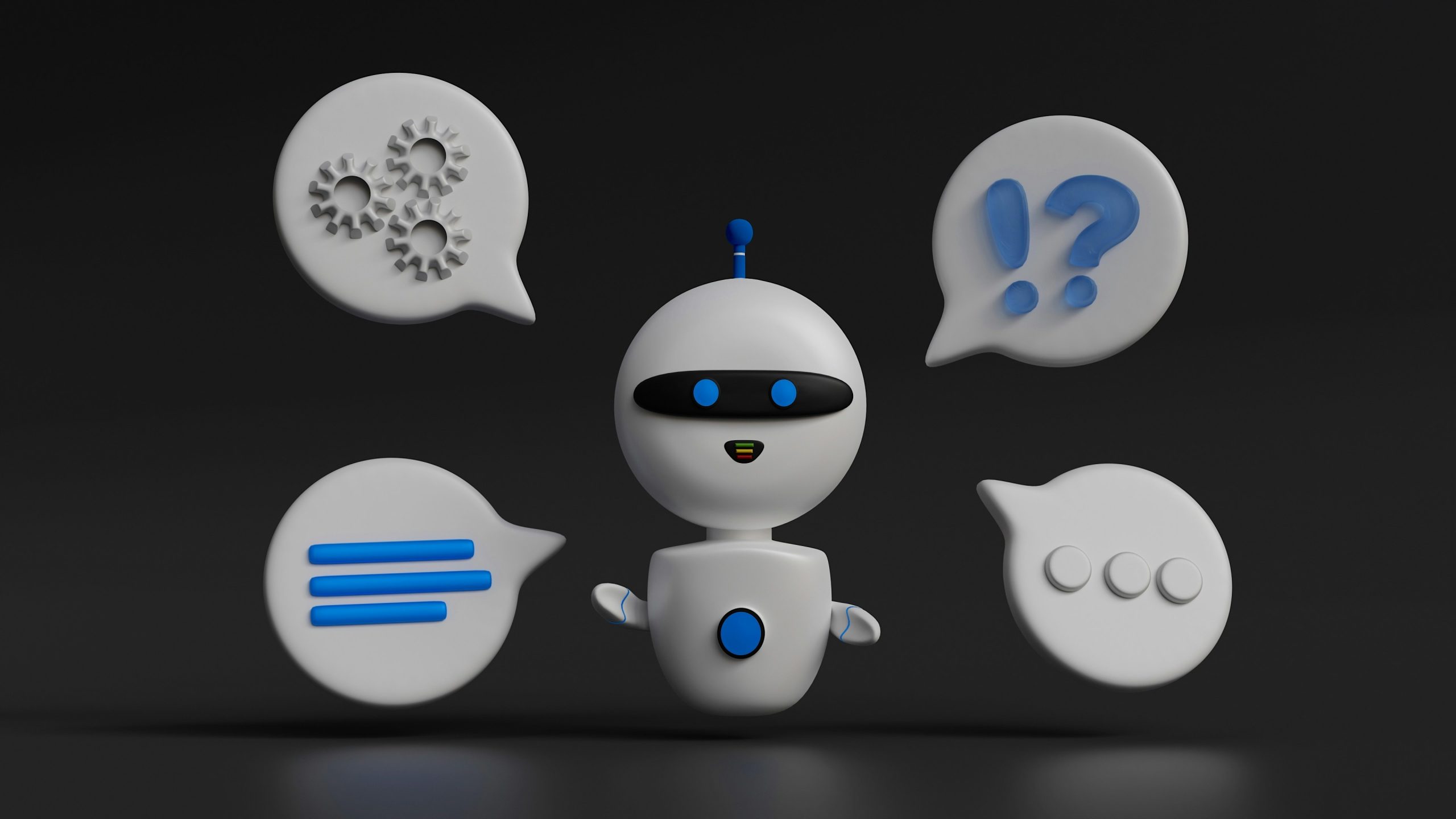Automating chatbot testing processes ensures that AI chatbots deliver optimal user experiences. By employing the most effective tools, developers can streamline quality assurance and enhance performance.
These tools focus on various types of chatbot testing, such as regression, functional, and user acceptance testing, that help to ensure optimal bot interaction for the success of any chatbot deployment. Regular updates and testing cycles refine the chatbot’s performance and reliability. Implementing a solid testing framework early in the development phase helps to gather continuous feedback, which is essential for improving the chatbot’s conversational abilities and overall user experience.
Key Takeaways
- Some top tools for automated chatbot testing include Botium, TestMatick, and Chatscript.
- Testing various types of chatbot testing, like regression and functional testing, enhances AI performance.
- Early implementation of a testing framework is key to optimal bot interaction.
Comprehensive Chatbot Testing Frameworks
Effective chatbot testing frameworks ensure that chatbots are reliable, scalable, and provide an optimal user experience. This section explores notable frameworks like Botium and Chatbottest, as well as key strategies and automation techniques for testing.
Understanding Botium and Chatbottest
Botium and Chatbottest are well-regarded tools within the chatbot testing ecosystem. Botium offers comprehensive testing capabilities tailored for conversational AI, including functionality testing, integration testing, and more. It supports natural language processing (NLP) tests, making it invaluable for AI chatbot testing.
Chatbottest, on the other hand, focuses on end-to-end testing of chatbot development lifecycles. It allows for thorough response accuracy and conversational flow checks. Both tools emphasize automation testing, streamlining the quality assurance process.
Crafting Testing Strategies
A well-crafted testing strategy is crucial for ensuring the reliability and scalability of chatbots. Effective strategies include test early, test often, where quality assurance starts during initial development rather than just before launch.
Involvement of users for continuous feedback and real-world testing scenarios also ensures high response accuracy and functionality. Performance testing and security testing should be integrated to handle varied user interactions and protect data integrity. Consider employing varied testing techniques like flow testing to verify different conversation paths.
Automated Testing for Chatbot Development
Automated testing is vital for efficient and repeatable chatbot testing processes. Automation also aids in integration testing, verifying that new updates do not disrupt existing functions. This approach leverages machine learning for intelligent test generation, ensuring conversational AI systems are rigorously checked.
By employing robust frameworks and strategies, chatbot developers can maintain high standards of quality assurance and user satisfaction.
Ensuring Optimal Bot Interaction
Optimizing chatbot interaction requires thorough evaluation of user engagement, advanced tools and techniques for testing, and strategies to achieve personalization and security. Effective bot performance enhances user experience and improves business growth.
Evaluating User Interaction and Engagement
To ensure optimal interaction, focus on user engagement and the conversational flow.
Usability testing is critical to identify friction points. Adhoc testing addresses unexpected interaction scenarios. Integration testing ensures that the chatbot works seamlessly within larger systems, enhancing customer service.
Conducting A/B testing can gauge the impact of different conversational paths. This data-driven approach improves user satisfaction and strengthens brand image.
Advanced Techniques and Tools
Machine learning algorithms can enhance the chatbot’s ability to predict user needs. Leveraging these technologies ensures reliability and elevates the customer service experience, ultimately reducing customer service costs.
Achieving Personalization and Security
Personalization strategies are integral for maintaining user-friendly interfaces. Techniques like adaptive learning allow chatbots to customize interactions based on previous user data, greatly enhancing user experience.
Security testing must not be overlooked. Rigorous data security measures protect customer information. Utilize security testing tools to identify and mitigate vulnerabilities.
By focusing on personalization and security, businesses improve customer engagement, leading to greater trust and loyalty. Implementing these measures sustainably promotes business growth.
Incorporating these practices ensures chatbots deliver consistent, high-quality interactions, aligning customer expectations with brand objectives.
Conclusion
Automating chatbot testing processes can significantly improve the efficiency and accuracy of chatbot performance.
Selecting the right tools and integrating best practices ensures that chatbots remain reliable and effective in diverse customer service operations.







